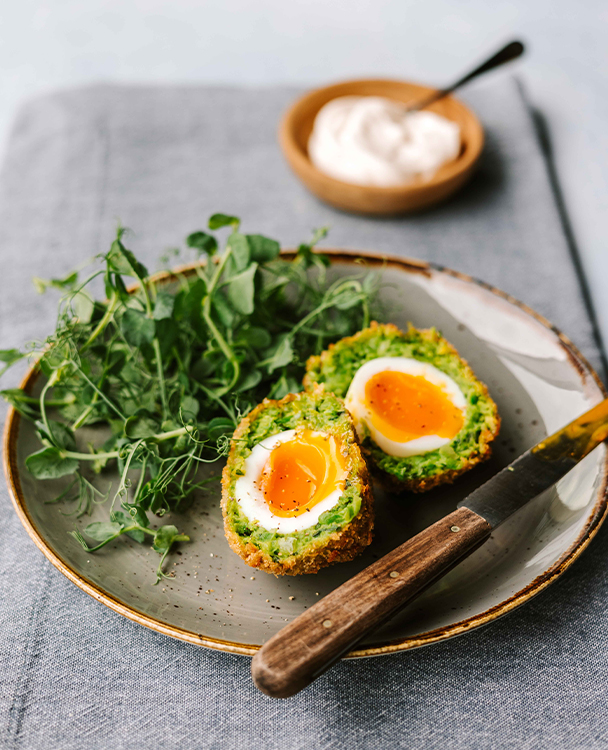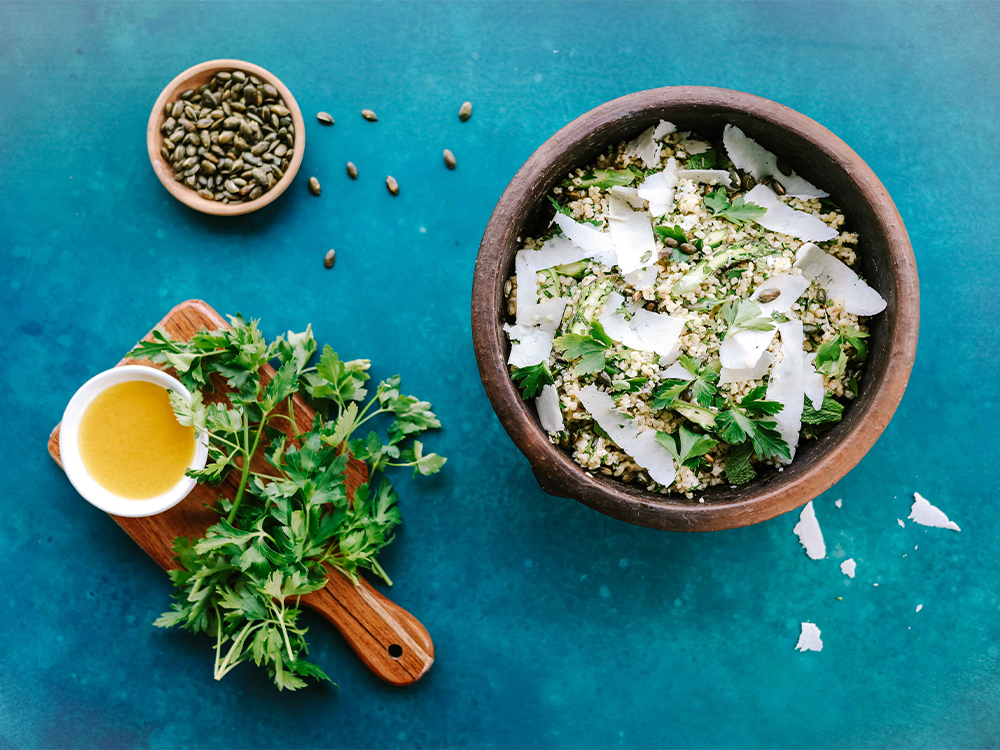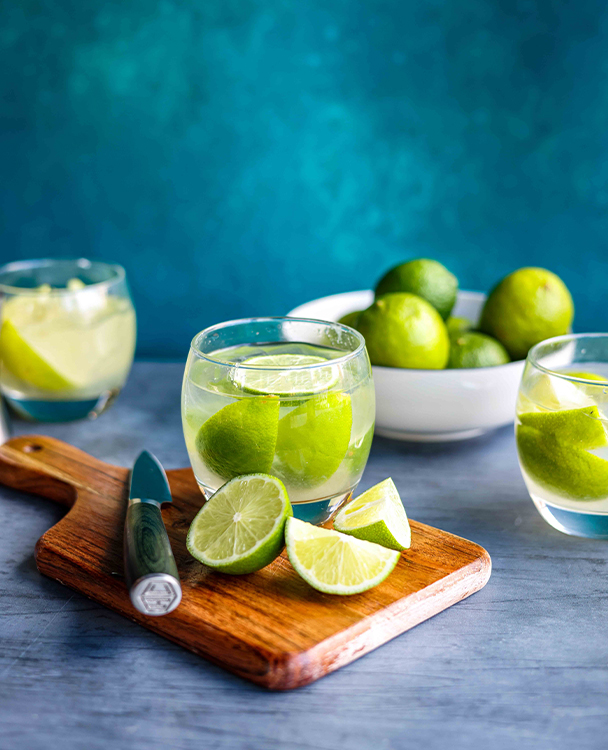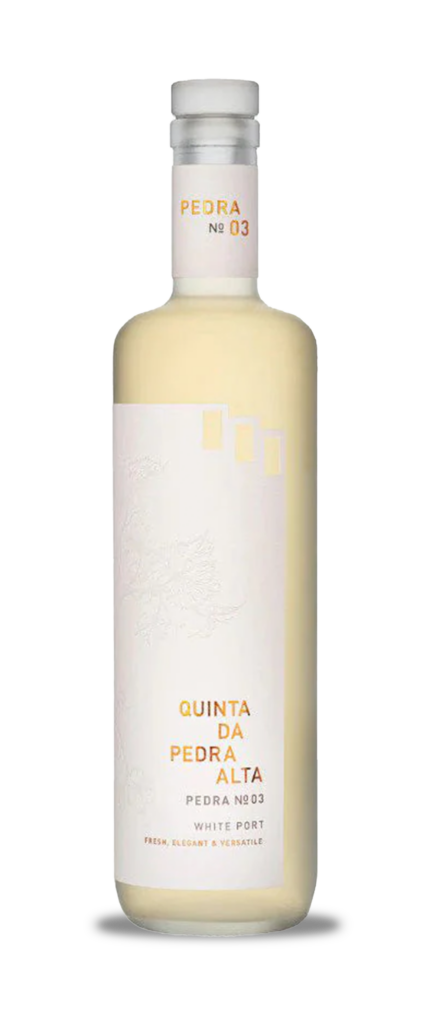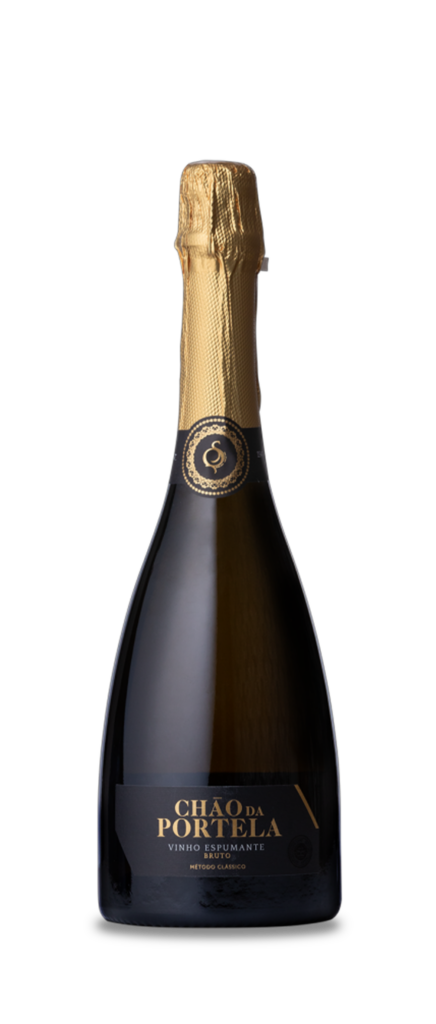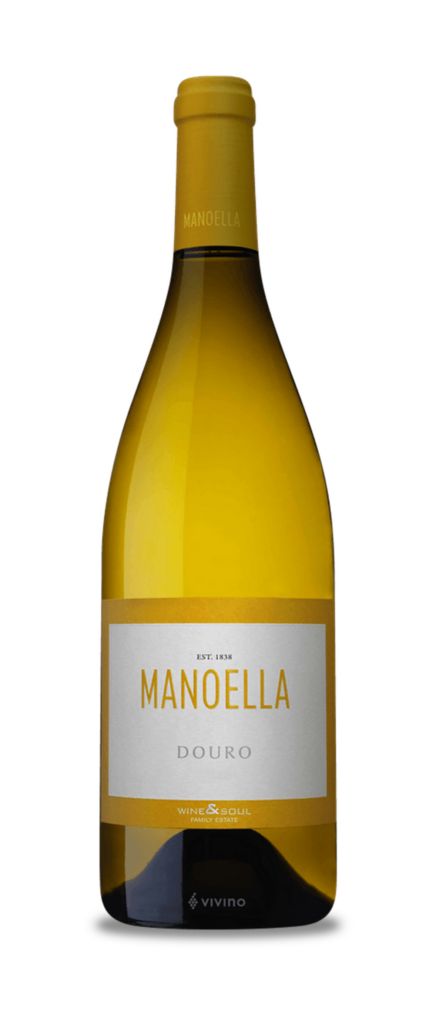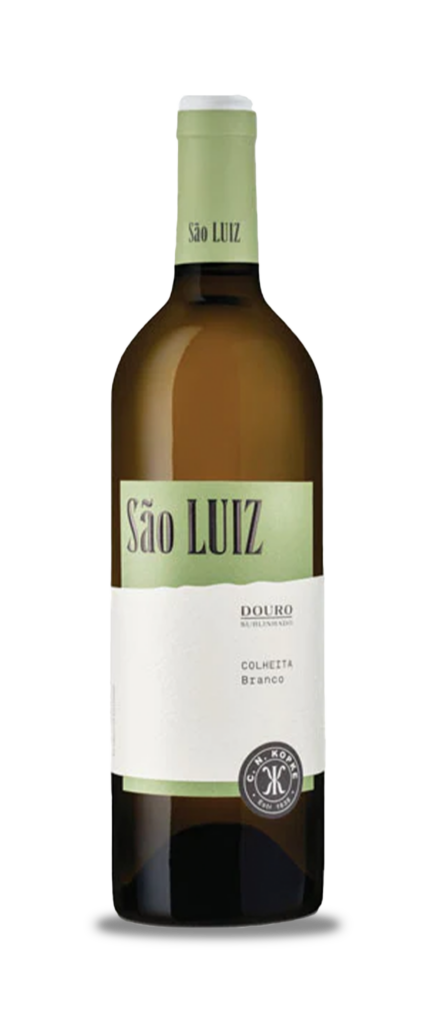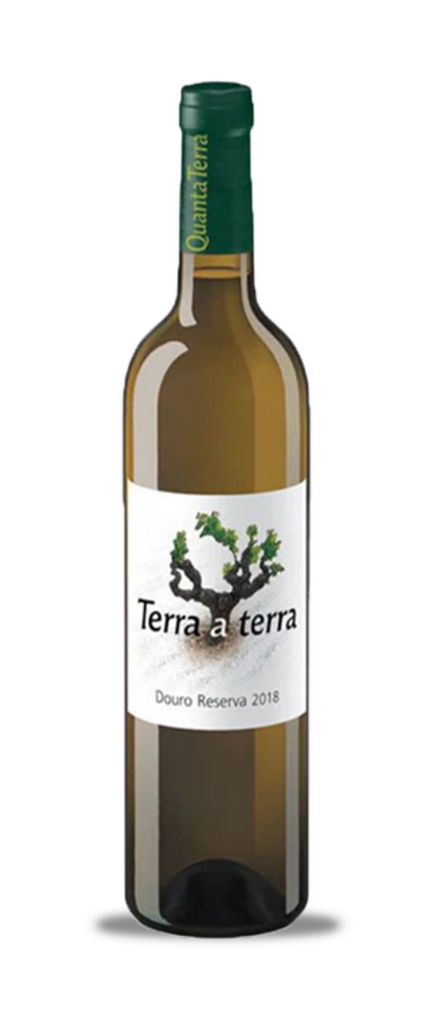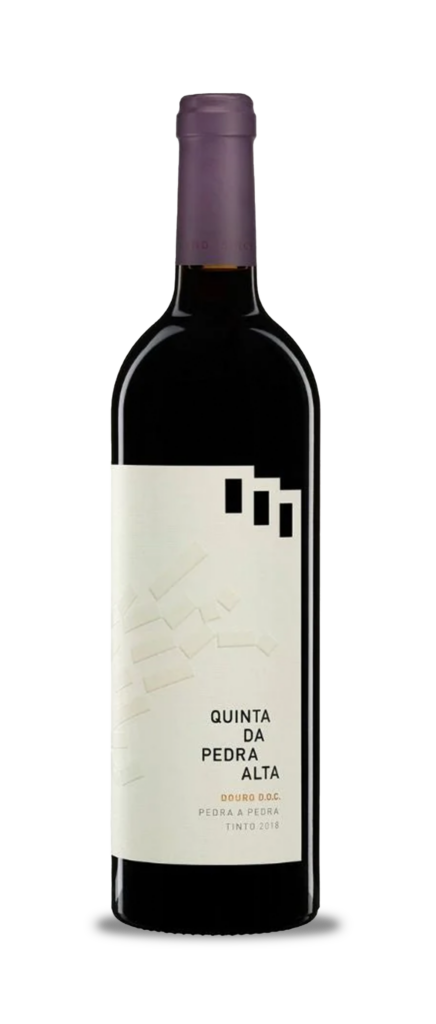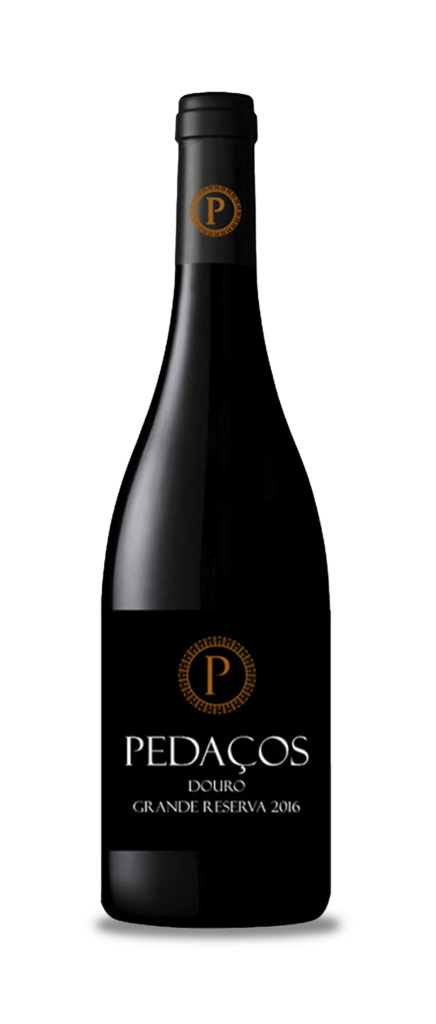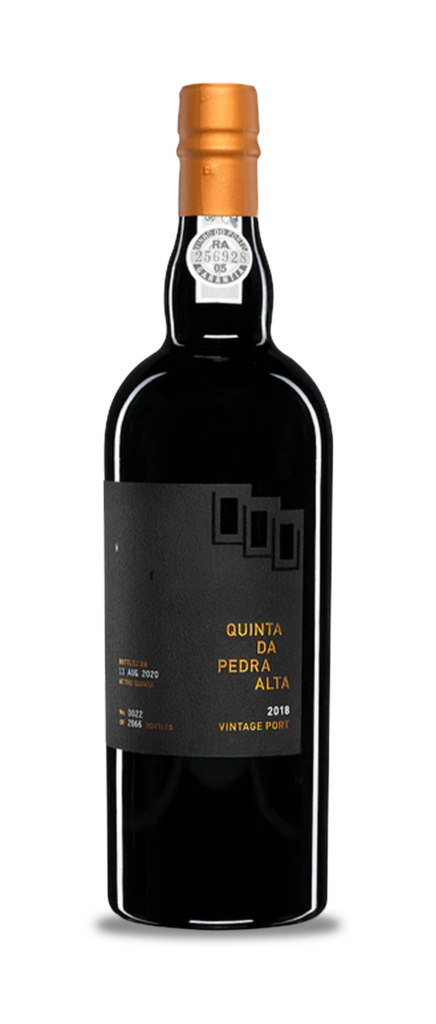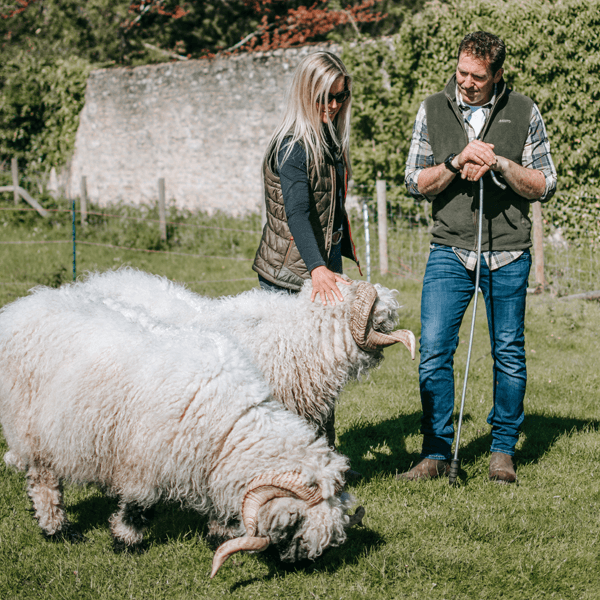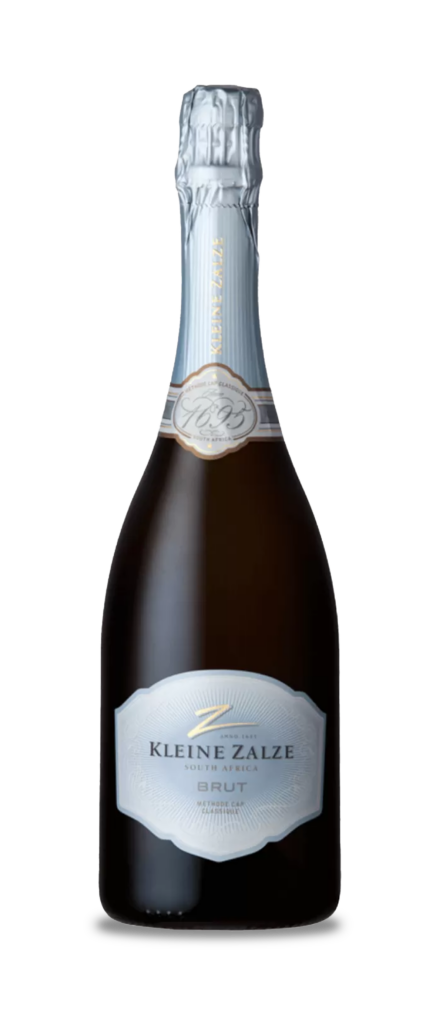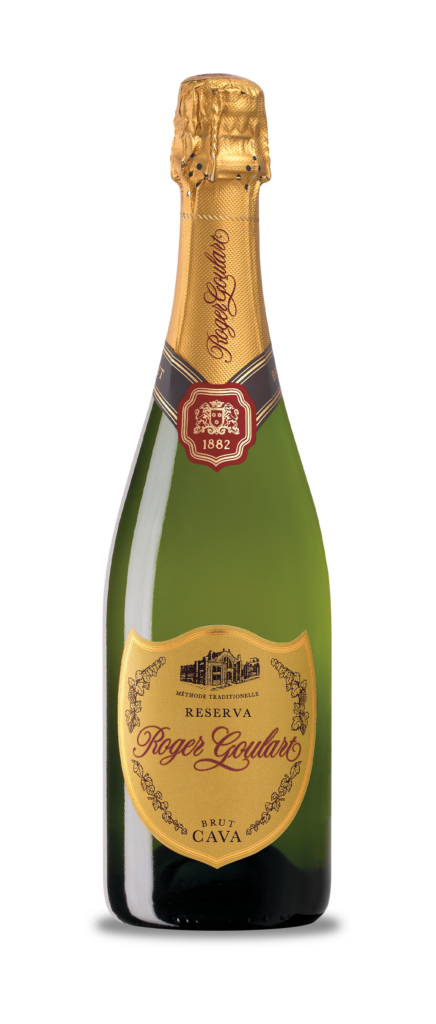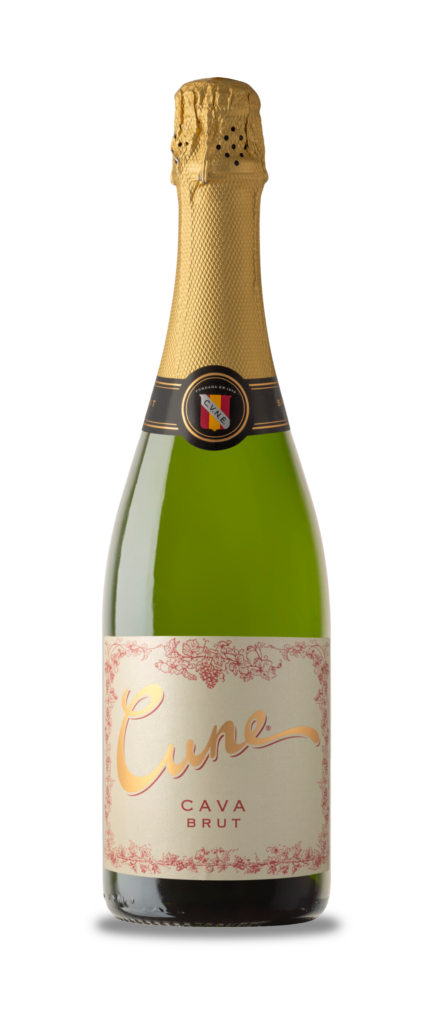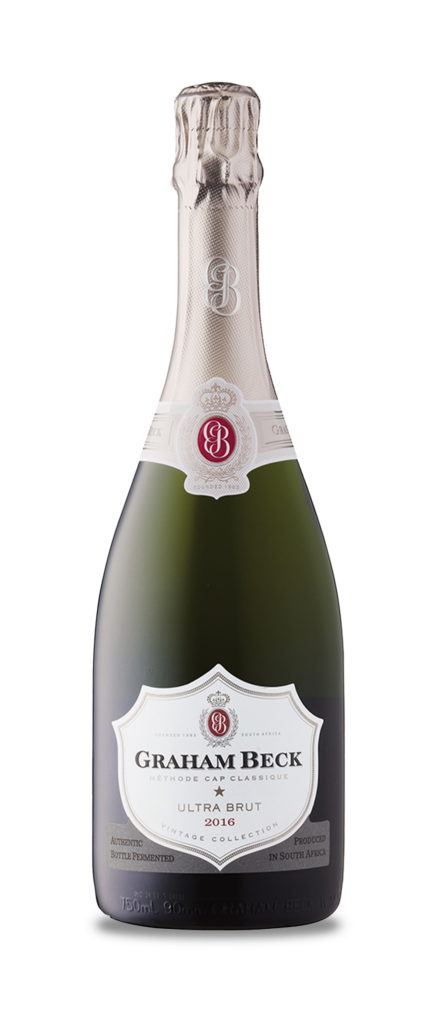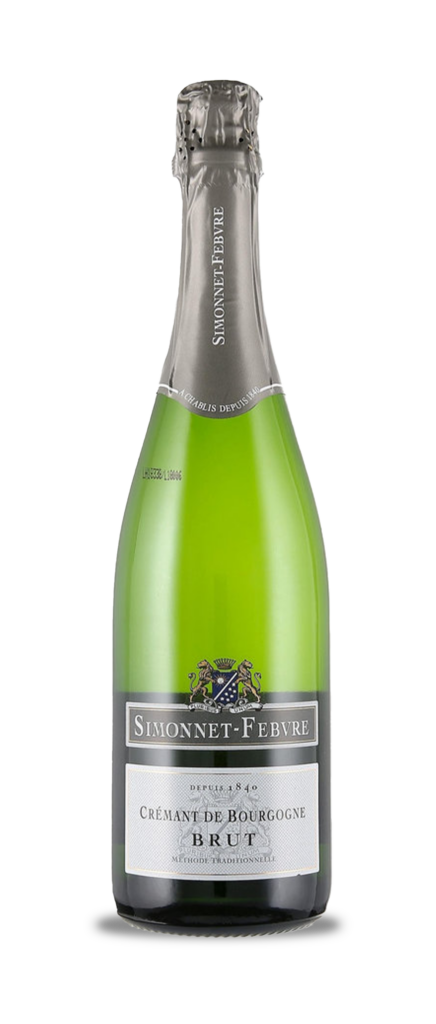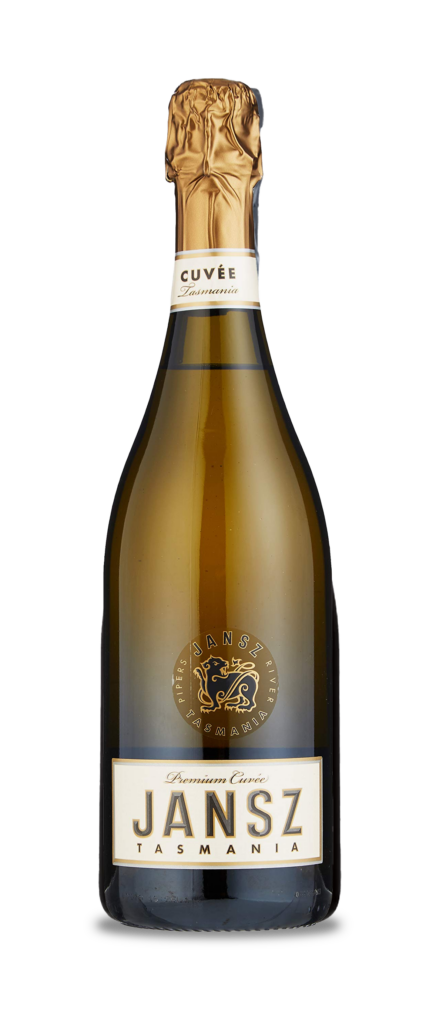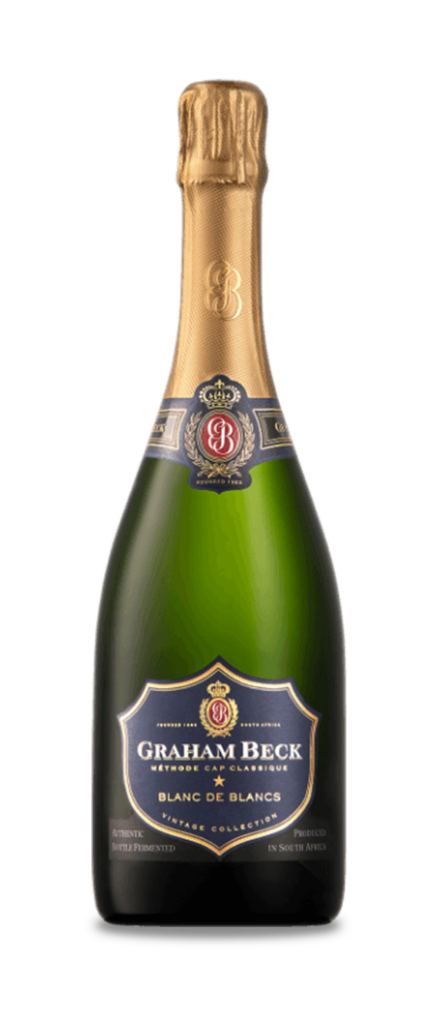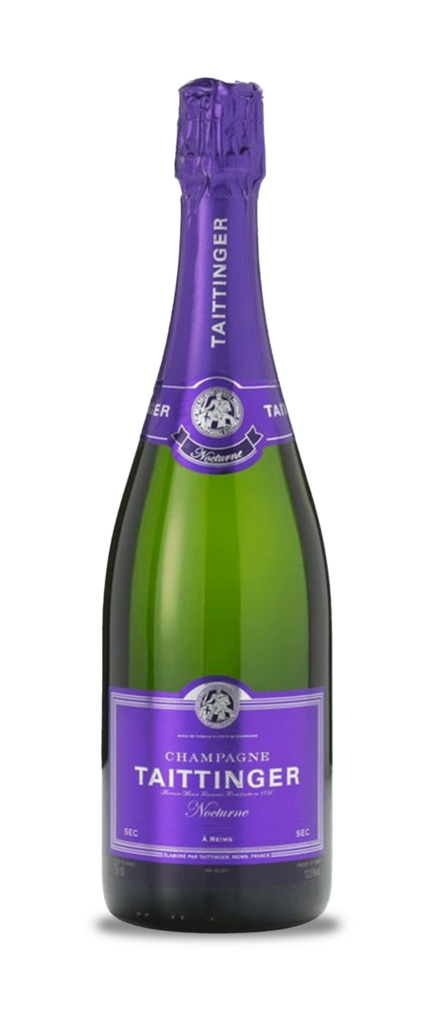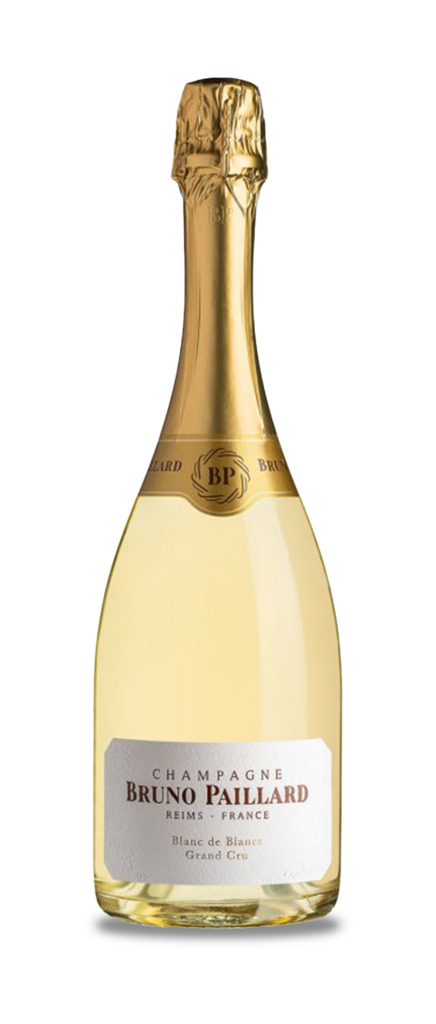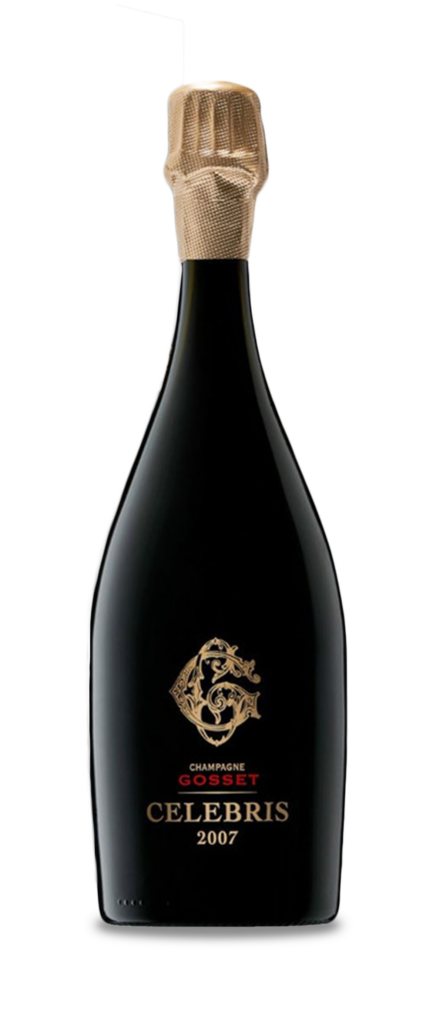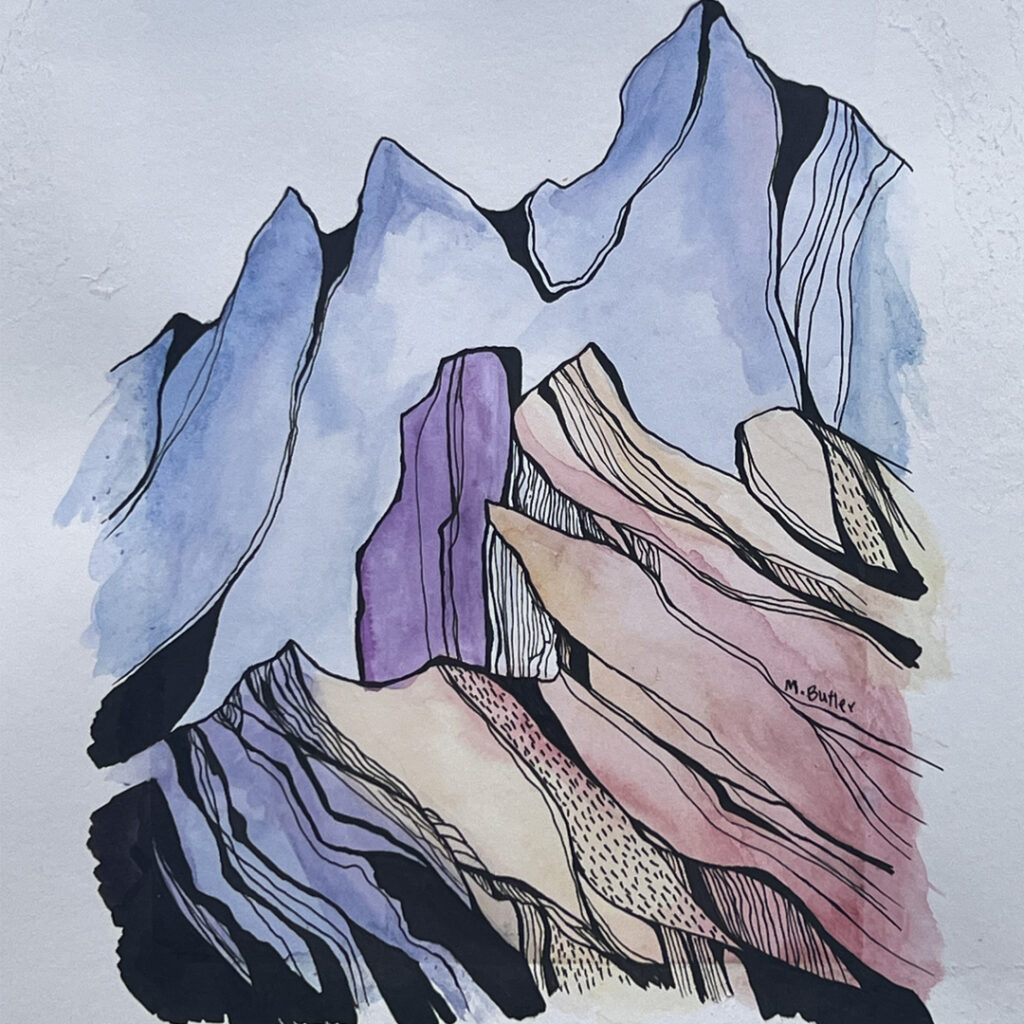At last the weather is being kinder and we feel like getting out into our gardens. The CGS pruning courses are in full swing and many students are volunteering their gardens for a summer prune!
Rambling roses
Some roses flower once, spectacularly, in early summer. American Pillar, Rambling Rector, Wedding Day, Banksia and many others are a delight when scrambling through trees, over pergolas and even over arches and along ropes. Unlike other roses these are pruned after flowering to remove flowered branches and tie in new ones. They really are not for the faint hearted and many mistakes have been made. They are happiest rambling through a large tree or hedgerow where they can be left without pruning like our native dogrose.
Fruit trees
Trained apples and pears are summer pruned by reducing the long growths to a couple of buds encouraging fruit spurs. This helps keep them tidy and reduces growth as well as allowing light and air into developing fruit. Best done in August/September otherwise you may be doing it twice! Plums, Cherries, Almonds, Apricots and all stone fruit should always be pruned in summer and never in winter due to disease risk. It’s easy to remember just prune when picking!
Spring flowering shrubs
These include Weigela, Forsythia, Chaenomeles, Philadelphus, Deutzia, Syringa and Kolwitzia. I see many of these trimmed with hedgecutters and clients wonder why they have never flowered. This is because they flower on two year old wood so if trimmed every year you are cutting off next year’s flowers. I prune ornamental quince (Chaenomeles) constantly in Summer so you can see the flowers and developing edible fruit. It fruit on older wood and you can clearly see where it flowers if you look carefully. If any of these shrubs have become overgrown and need cutting right back you can start the pruning regime again after the second year.
Wisteria
This needs it’s own heading!
Anyone who owns one will know how mad it can grow in the summer. Cut off the long whippy shoots to a shorter one ready for the February prune. Don’t start too early after flowering or you will be repeating it several times! Leave until September if you can but sometimes it does need an untangle from tiles, drainpipes, sky dishes as well as preventing it actually growing into windows!
Evergreens
Hedges, topiary and large evergreen shrubs can be pruned all Summer to encourage new growth and regeneration. Laurel hedges should be done with secateurs to avoid leaf shredding. New hedges should be left until they reach the desired height before pruning the tops but do a formative prune to encourage side shoots.
CGS Courses
Please ask for details as I am running pruning courses throughout spring and autumn. Each plant has a different requirement and learning about pruning techniques is addictive! I can also come and teach you in your own garden.
Consultancy gift vouchers available too.
Website: Cathie’s Gardening School: Surrey’s Garden School
Email: [email protected]





